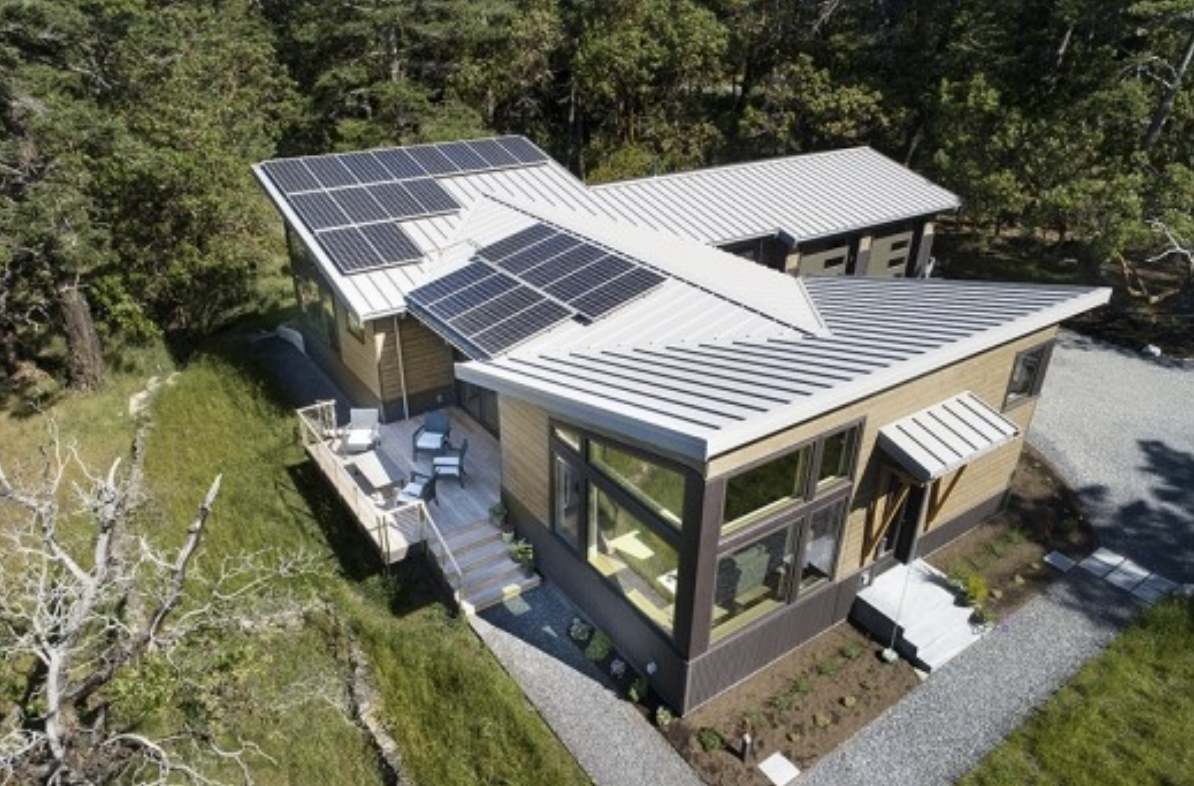 When you’re searching for a new home, new doesn’t always mean new – even when you’re buying a home that was just built. Some new homes feature more energy efficient appliances and components than others, so how can potential homebuyers ensure they’re getting the latest and greatest offerings in building energy performance that new homes can provide today?
When you’re searching for a new home, new doesn’t always mean new – even when you’re buying a home that was just built. Some new homes feature more energy efficient appliances and components than others, so how can potential homebuyers ensure they’re getting the latest and greatest offerings in building energy performance that new homes can provide today?
The answer is Zero Energy Ready Homes. That’s because a Zero Energy Ready Home must meet multiple layers of requirements, related not only to energy performance, but also indoor air quality and building construction. Watch this video to learn more about what a Zero Energy Ready Home can do for you.
...
read more